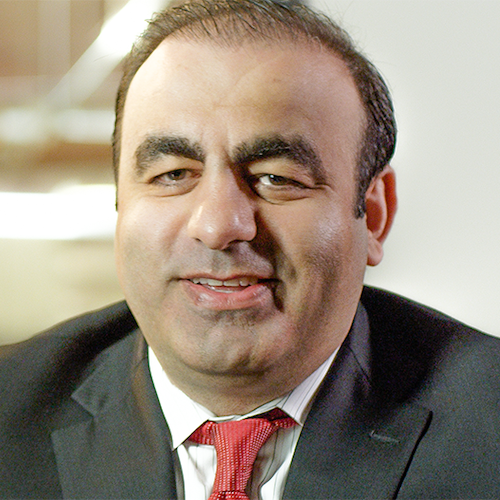Blast-resistant building design is a relatively unexplored frontier. For one thing, very little research has been done on the actual effects of blasts on various types of structures. Then there are aesthetic and psychological considerations. In addition to making a building safe, it’s important to create interior spaces that are functional and provide appropriate levels of comfort for personnel.
The reason my team was hired by RedGuard of Wichita, Kan., to help design blast-resistant buildings was we’re one of the only engineering firms in the world with actual blast experience. We were called in to investigate the Texas City, Texas, refinery disaster in 2005, which provided us with data that’s ordinarily very difficult to come by, and which informed our efforts to design new and safer structures for personnel in blast zones.
Structural considerations
When we design a blast-resistant building, we start with a framework similar to the human rib cage. You can appreciate the strength of this natural construct if you have ever seen slow-motion video of a boxer taking a punch to the side of the body. His ribs compress in a way that dissipates the energy of the punch over a large surface area, protecting the vital organs inside. The same is true of the steel studs we place at 11- to 12-inch intervals in the frame of a blast-resistant building. When we weld steel walls around these “ribs,” we have a structure many times tougher than a traditional building.
The interior walls are often made from oriented strand board, which minimizes the likelihood of wall shrapnel breaking free and injuring personnel.
Practical considerations
We equip every blast-resistant building with battery-powered emergency lights, smoke detectors and a fire extinguisher.
Broken glass is a huge danger in a blast, so we use tamper-proof fluorescent light fixtures, which are designed for correctional facilities. They have hard plastic diffuser housings with shielded fluorescent tubes inside. If a tube breaks, the glass is safely contained inside these two protective layers.
Electrical and communication wiring conduits are deliberately left exposed so any damage incurred in a blast will be visible, and personnel will know not to turn power on until it’s repaired.
Making it comfortable
Many of the blast-resistant buildings we’ve helped design for RedGuard are placed in the field with very few frills, and they work well in a variety of applications — from guard shacks to tool cribs. They can be transported like shipping containers, and this portability allows petrochemical facilities to move them quickly and easily as needs and work flows change.
But some applications call for foundation mounted facilities with office-like interiors and amenities. RedGuard’s answer to this is the SafetySuite, which feels less like a warehouse and more like an executive office.
In addition to being more elegant and somewhat more permanent (usually foundation mounted), Safety Suites offer a psychological advantage in that many people are accustomed to seeing finished interior walls in permanent structures, so they feel safer in this type of environment.
Making sure it works
Various engineers performed analysis on our design, trying to predict how it would behave in a blast, and some said it would slide or roll across the ground. My results indicated it would not do so, but with all our math and real-world observation, we really didn’t know what would happen until we tested it.
We detonated 1,250 pounds of highly explosive ammonium nitrate and fuel oil charge at a standoff distance of 110 feet from the building, which created a blast strength far in excess of the ratings required to meet the American Society of Civil Engineers’ low- to medium-response standards. The building suffered no structural damage, and it did not slide or roll. The furnishings, equipment and test dummy inside also sustained no damage.
Although blast-resistant building design is still a comparatively new discipline with very little information available to the safety engineers who are tasked with protecting employees, we are making progress at last.
Dr. Ali Sari
Dr. Sari has more than 20 years of experience in the analysis of Onshore and Offshore structures. He has professional experience in dynamic analysis and design of Onshore and Offshore structures and equipment to resist blast loads from high explosives and vapor cloud explosions.



